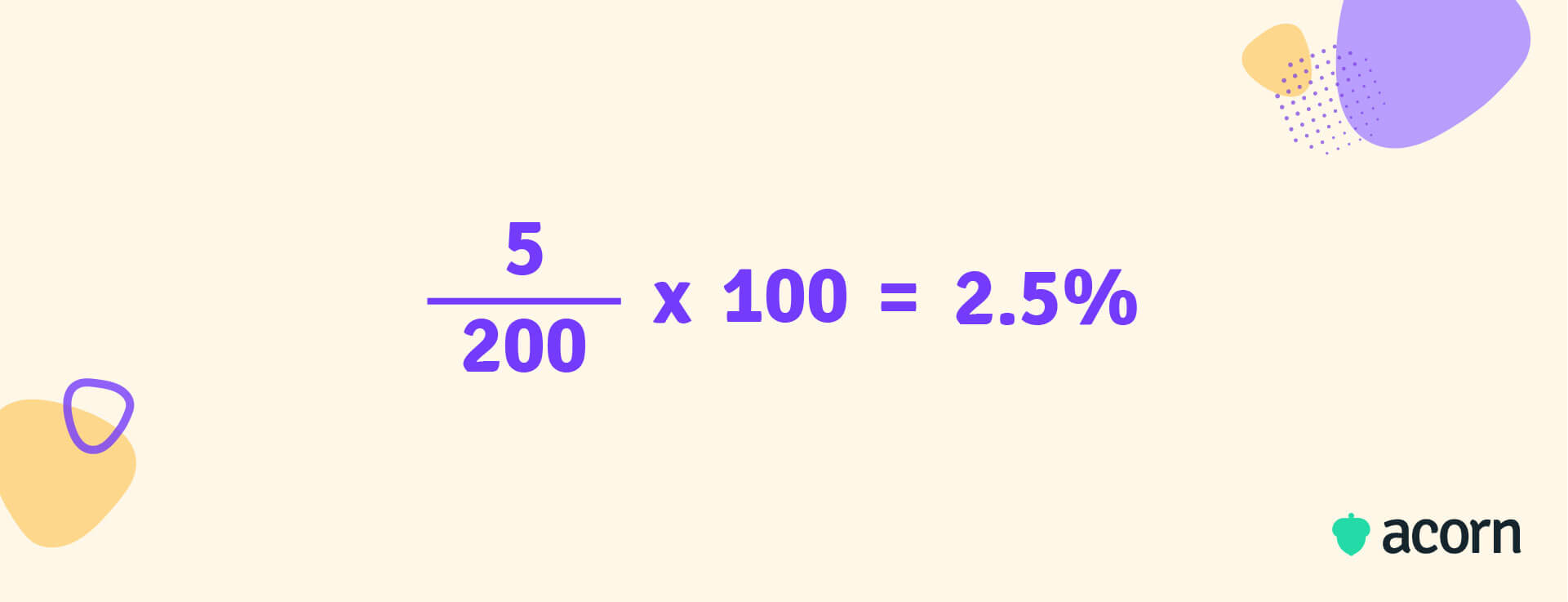What Causes Involuntary Turnover Rate & How Can You Reduce it?
Reading Time:

Lead the pack with the latest in strategic L&D every month— straight to your inbox.
SubscribeSometimes, your organisation will have to let employees go. This is called involuntary turnover, and it can have a number of negative impacts that cannot go unmitigated.
Here is where calculating your company’s involuntary turnover rate comes in handy. In this guide we’ll look at how to measure involuntary turnover, the underlying causes and what you can do to increase employee retention.
What is involuntary turnover rate?
Involuntary turnover rate is an HR metric that measures the percentage of employees who leave an organisation for reasons outside of their control. This can be because of layoffs, poor performance, or unsatisfactory behaviour that makes the employee’s continued employment untenable.
Voluntary and involuntary turnover: What’s the difference?
If involuntary turnover is when employees leave organisations for reasons outside of their control, then voluntary turnover is when employees willingly choose to leave the company themselves. Voluntary employee turnover can occur for any number of reasons, including retirement, personal or family issues, or even just in search of new opportunities.
What are the common causes of involuntary turnover?
Like voluntary turnover, involuntary employee turnover can happen for a number of different reasons, and can be both functional and dysfunctional.
- Functional involuntary turnover is when organisations let low performers go for the health of the business.
- Dysfunctional involuntary turnover is when organisations let high performers during downsizing or restructuring efforts.
The underlying causes of involuntary turnover will fall into either of these categories. The most common causes behind why involuntary turnover occurs are:
- Poor performance. Employees who continually fail to meet set performance standards and expectations can be terminated as a result.
- Misconduct. Unsatisfactory behaviour can include violating codes of conduct, breaching company policy, harassment, engaging in unethical behaviour or even non-compliance with legal regulations.
- Organisational restructuring. Downsizing the workforce and mergers and acquisitions can cause some job roles to become redundant as businesses redefine the capabilities and positions required to achieve their strategy.
- Cost-cutting. Difficult economic conditions (for the company or in the in the wider industry) can prompt businesses to stop hiring or reduce staff, leading to layoffs and terminations.
- Incompatibility. Sometimes employees just aren’t a good fit in a company’s culture, creating friction and even toxicity in the workplace. If employees don’t fit with the business’s values, they may be let go.
How involuntary turnover rates impact organisations
We all know that voluntary turnover can negatively impact organisations when capable, high-performing employees quit. As it turns out, high involuntary turnover rates have the same effect.
When employees leave—voluntarily or otherwise—productivity takes a hit as remaining employees try to pick up the slack, and new candidates are brought in and trained. If your involuntary turnover is dysfunctional, your organisation will also lose mission-critical knowledge and expertise, hindering the business’s ability to deliver on priorities.
When workforce capability dips, recruitment costs rise. This includes everything from the hiring process and onboarding and training, to paying the employees in charge of running recruitment. In the US, the average company spends $4,000 to hire new employees. It can also take up to 52 days to fill a position, putting further strain on current staff and their productivity.
And more pressure being put on remaining employees to make up for lost productivity, a toxic environment leading to involuntary terminations, and low performance in general can decrease workplace morale. It becomes a vicious cycle of low engagement leading to low productivity, leading to more turnover, and then you’re back at recruitment costs and productivity issues.
There’s also the matter of the legality of involuntary turnover. You need to be careful that you aren’t violating fair work or anti-discrimination laws, or else you could face legal repercussions. If you’re terminating an employee, you should ask if the termination is:
- Discriminatory, i.e. whether you’re letting go of an employee based on their race, gender, age, or sexual orientation.
- Retaliatory, i.e. whether they’re being terminated in retaliation for something that occurred in the workplace, whether real or not.
- In violation of fair work guidelines, such as whether you gave employees a warning or a chance to improve before beginning the termination process.
How to measure involuntary turnover rate
Just like our other turnover rate metrics, you can calculate involuntary employee turnover with a simple formula: Divide the number of employees who involuntarily left the company during the set period, by the total number of employees who were employed during the same period. Then you can multiply it by 100 to get a percentage.

Let’s say your company had to lay off five employees during the last year, and the total number of employees you had over that year was 200. Your involuntary turnover rate would look like this:

Having an involuntary turnover rate of 2.5% isn’t necessarily a bad thing, especially if it’s done to restructure or reallocate resources. But this is where the why behind involuntary turnover comes in. If all five of those employees were terminated within the first year of starting at your organisation, that could indicate that more effort needs to be put into your onboarding and training initiatives.
To understand whether a lack of L&D is truly the root cause or not, you need to use other metrics and methods. As an HR metric, involuntary turnover is just a jumping-off point for understanding your workplace culture, which you can get more insight into from exit interviews and employee surveys.
Best practices to reduce your involuntary turnover rate
We’ve already looked at the organisational impacts of involuntary turnover, but how do you work to mitigate risk? There are a number of best practices and strategies to decrease involuntary turnover in your business.
Provide clear expectations from the beginning
This means communicating with employees early on, particularly through an effective onboarding process, to ensure that they know exactly what their performance expectations are. This prevents low productivity and performance issues down the line as a result of confusion around goals and KPIs.
Offer opportunities for growth and development
Providing good L&D programs to employees can reduce turnover in general, with 94% of employees choosing to stay with companies longer if given training. When professional development training is effective (that is, aligned with business priorities, job-specific and equipping employees with the knowledge and capabilities they need to carry out their job roles), they’ll be able to meet performance targets, decreasing involuntary turnover.
Regularly review performance
Waiting until performance issues are untenable isn’t going to help the employee or your organisation. Instead, addressing the problems with performance as quickly as possible gives employees a chance to improve—it’s just good performance management. You can stay on top of this by conducting regular performance evaluations, providing a performance improvement plan where necessary, and giving regular feedback and coaching to help a struggling employee.
This is why we’ve pioneered the first performance learning management system (PLMS) here at Acorn. A PLMS is the only learning platform that actually links learning to performance, guiding learners step-by-step to master the role-specific capabilities that will accelerate organisational performance. It presents contextual learning opportunities for employees that empowers them to grow and excel in ways that positively impact business outcomes.
Build a positive work environment
This is another one that affects both voluntary and involuntary turnover. It can encapsulate many factors, including inclusivity, company culture, work-life balance, and even a continuous learning culture in the workplace. The more positive the work environment, the more likely it is that employees will be engaged, and the more likely you are to see performance improve. You can do this by providing flexible work arrangements as well as regular support and feedback.
Optimise hiring and recruitment
Capability modelling can come in handy here, highlighting the key capabilities needed to fill and perform specific roles. You can use this to find candidates who best fit the job description, allowing for faster time to proficiency and reducing the risk of performance-related issues.
Use exit interviews to understand the cause
If involuntary turnover has to go ahead, your exit interviews should be used as a learning experience. They’re a chance for you to find out why it came to this. Perhaps an employee felt their performance wasn’t up to scratch because of inadequate training programs, or perhaps they were burned out from the company’s culture. These are the underlying factors you can work to improve to reduce risk of involuntary separations in the future.
Key takeaways
Involuntary turnover is an HR metric that, when paired with other metrics, can be used to evaluate the health of your organisation. It reveals the rate at which involuntary turnover occurs in your organisation as a jumping-off point for understanding the underlying factors affecting business health.
When you understand what those underlying factors are that affect your involuntary turnover, you can work towards addressing them, improving organisational health, performance, and your bottom line.